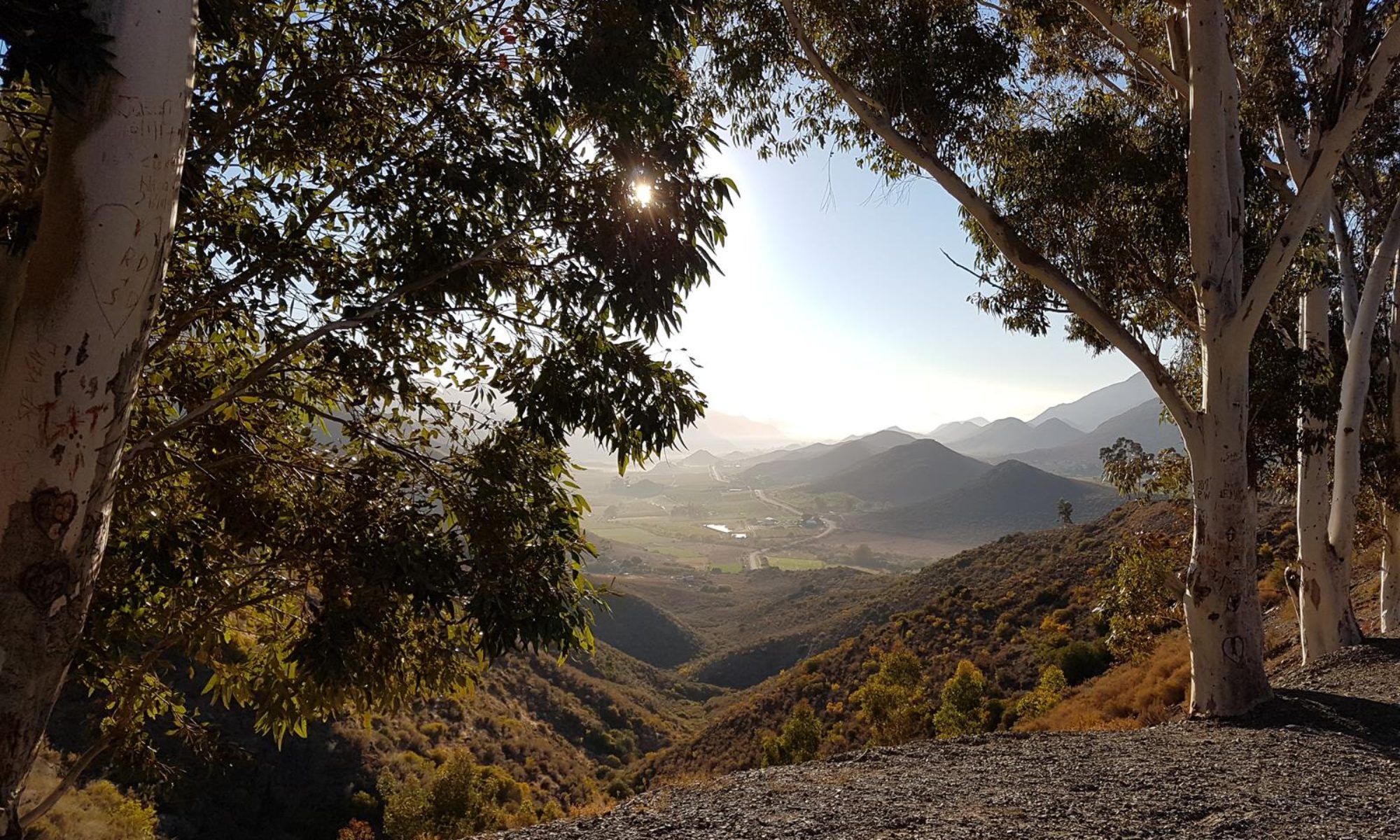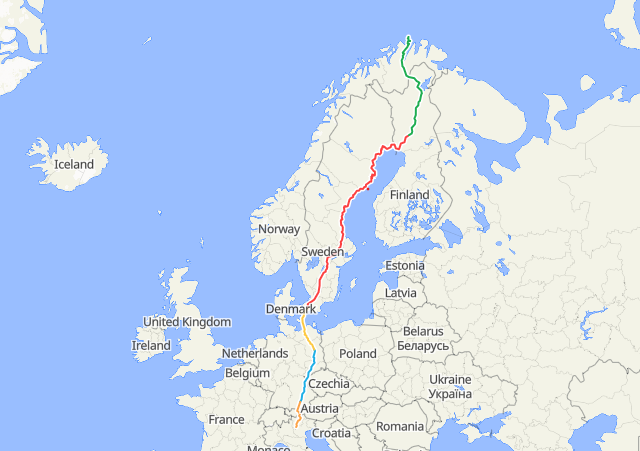Sorry What?
Yep – that is a fair question given my previous post on scratching from TCR#8 on day 9 in 2022 clearly stated it was “my last attempt“. But I still stand by that fully. Having had two attempts, TCR is not for me – maybe not impossible, but not doable by me in a time that fits the spirit of the race. The daily budget of 270km+ of riding combined with the often savage amount of climbing is not something my body and mind can sustain. I might be able to finish it in 20 or 21 days, but why enter something which is a race, knowing you are likely to finish 5 days or more beyond cutoff. To paraphrase Mike Halls words from the Race Manual – “TCR is not a tour, if you want one of those then there are plenty available“. But oddly, there aren’t – at least not if you want a properly long, adventurous event with a decent but still roughly attainable daily distance requirement (circa 100 miles) and around a 3 week duration. In fact there’s only one I know of in Europe: NorthCape 4000. Which is why I’ve thrown my hat in the ring to give it a try.
Why not just do a long Audax?
Interestingly, there aren’t that many really long Audaxes either, at least not ones which run every year. And paradoxically, although non-competitive, the daily distances for an LRM (the longest form of Audax brevet) are actually similar to TCR – around the 280km a day mark. So we’re back in the midst of riding through the night and chasing control cutoffs for fear of being out of the event. In fact, TCR is somewhat more lenient in a strange way. Missing a control cutoff, or even the finish cutoff, doesn’t preclude you being classed as a “Finisher”, it just takes you off the GC classification. Maybe I’m just getting old, but I fancy a really long event that isn’t purely type 2/3 fun – I’d like to enjoy at least some of it along the way.
So how is North Cape 4000 different?
Superficially, if you skim the web page and aren’t steeped in the long distance cycling world, NC4K (which I will be shortening it too from here on) doesn’t really sound any different. But there are some subtle but crucial factors which totally change it as a challenge. So let’s unpack some of the areas NC4K is similar, and where it diverges.
First and foremost, all riders on NC4K must be fully self-sufficient. But, a big difference to TCR, and something in common with Audax, is that participants can ride in company and even help each other (as long as no private outside help is involved). It’s not a race so camaraderie is encouraged. In fact so much so, that the first riders to finish the 2023 edition all did so with exactly the same finish time. This single variance is a big attraction I have to say – massive adventures are infinitely more enjoyable with some company, and amongst 300 entrants along the same route you’re almost bound to have somes days where you share the trail with like-minded souls.
There are more significant differences to both TCR and Audax which make NC4K feel a better fit for me. Foremost of these is the daily distance requirement. At 180km it’s only fractionally more than my regular touring distances. And, close behind this, is that the intermediate checkpoints (termed “Gates” in NC4K parlance) have no individual cutoff times. So if you have a bad section, you have the rest of the event to catch it up before being ruled a non-finisher. Above all the other differences – these two, put NC4K much more in my wheelhouse. Not a slam dunk, for sure, plenty can still go wrong in 4,000km. But the basic framework does not have me beaten before I start.
And finally, as with Audax, the NC4K organisers provide a researched and checked route . Honestly that’s more of a practical time saver than anything. I quite enjoy the TCR route planning process but it is a huge time suck. I’ll probably still spend many hours studying and making notes on the provided route, but it’ll be nice not to worry that I’ve made some huge routing howler which I only discover at 2am in the pouring rain somewhere there is no cell signal.
Will you finish this one then?
And there we have the real reason for entering. If I could answer a definitive “yes” to that, I’d probably have no interest in entering. The better fitting format is just that – a better fit. It doesn’t do the pedalling for me, and that will still be a massive challenge. I have no idea if I can finish it, and there is literally only one way to find out. Take part and have a go. I can see a couple of “danger spots” immediately. Although flatter overall than TCR, the first two days still involve climbing out of The Alps. My estimate is that something like a sixth of the total climbing happens in the first two days. So there’ll be a need to ride extremely measured very early on and not dig a huge energy hole. The next danger point is Copenhagen. Although not actually the halfway stage, there is in my mind a sense that once you leave Copenhagen (Gate 3) you are almost embarking on a 2nd very different half of the ride. Heading further and further away from central Europe and into progressively more remote countryside. That could feel daunting or exhilarating depending on what condition you are in when you reach that pivotal point.
When, how far, etc etc?
So the essential stats are:
- 3,900km and 26,000m of climbing according to the organisers. Very interested to see how they’ve achieved this as my best efforts at guesstimating a route come out both further and higher.
- Start – Rovereto, Italy, 20th July, 8am
- Finish – North Cape, Norway, no later than 10th August 2024
- Participants – 300 riders


I’m working on a variation of my previous TCR and tour rigs as we speak (provisional kit list here). The tri-bars are back on, and with 60mm risers, they seem to be working this time. Which hopefully will preserve my hands for longer. Other than that, much of the setup will be the same – although I am feeling the pull to include at least a basic bivvy and/or sleeping bag for the far northerly sections, which seem sparser for accomodation optons and potentially much colder too. I may well cut out some of the redundancy on battery packs and lights too. The latter especially, since there’ll hopefully be less night riding and as we inch further north the darkness diminishes and will ultimately disappear when we cross into the Artic Circle.
Riding along under a midnight sun? Now we’re talking my kind of adventure.


Riding under the midnight sun and avoiding “some huge routing howler at 2am in the pouring rain with no cell signal”. Those are top selling points right there…
Haha – yeah, true. There’s a lot to like about this one.